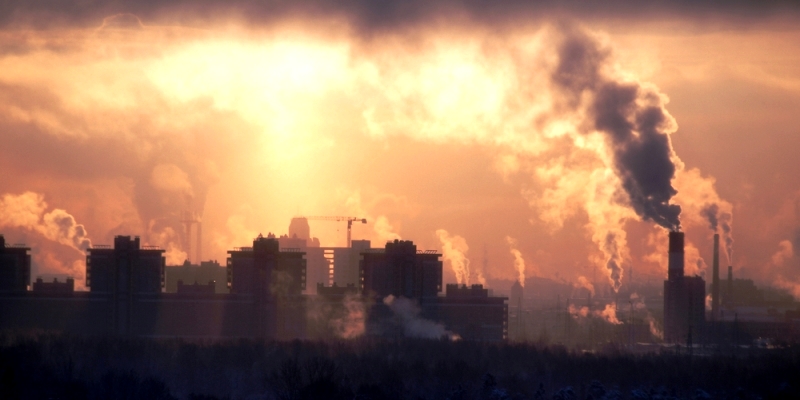Media Room
New study shows LPG lower production footprint in Qatar

Independent researcher Eric Johnson has recently published an article on Oil & Gas Journal about carbon footprints of LPG and other fuels produced in Qatar and shipped to Europe. This is the most-detailed carbon footprint of LPG produced from a gas field and the first footprint to be allocated explicitly among all the products of such a gas field, according to Johnson.
Regulators in the European Union (EU) and the U.S. State of California are increasingly interested in the footprints of gas & oil production from specific geographies or production technologies. However, neither the EU nor California offer much differentiation on LNG or LPG footprint. Johnson’s article intends to generate a footprint specific on LPG produced in Qatar (and consumed in the UK).
The study shows that LPG has a relatively low production footprint, in comparison to competing fuels; that LPG and LNG have a nearly equal ‘cradle to grave’ footprint, under these conditions; and that lower combustion footprint of LNG is largely offset by its higher liquefaction, regasification and transport footprints.
“The author calculated footprints well-to-stack for LNG and LPG and well-to-ship for other fuels. LNG’s well-to-tank (WTT) footprint is more than twice as high as LPG’s because of higher emissions in gasification, transport, and regasification,” says the report.
If you want to know more, please visit this link.
25 April 2018
